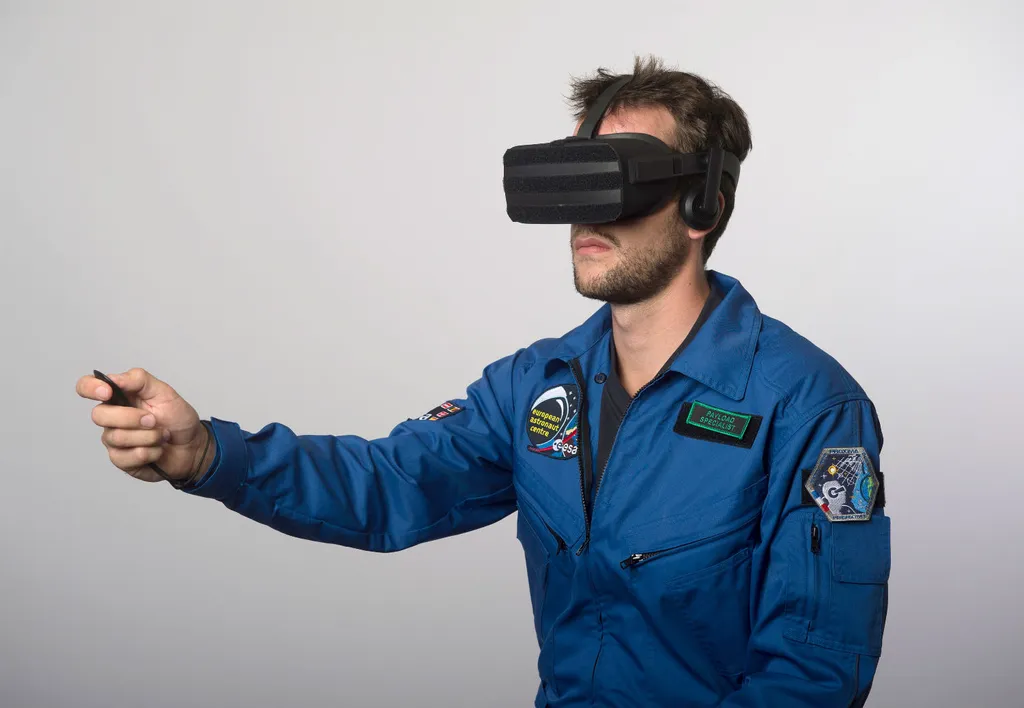An Oculus Rift is set to arrive at the International Space Station aboard a SpaceX cargo ship, according to a report by Air & Space Magazine.
Microsoft’s HoloLens previously made a trip to the space station after a failed launch, and custom VR headsets have been used by astronauts in the past. The arrival of a modified Rift, though, brings consumer-grade VR to the station for neuroscience experiments to be conducted by French astronaut Thomas Pesquet.
Like Oculus Research itself, the system is bypassing the Rift’s own infrared tracking system in favor of a different solution. It’ll be running on HP Zbooks which, the article notes, aren’t “ideal” for VR. The modified Rift and associated hardware is called Perspectives, and Pesquet will use the gear in space as part of an experiment called GRASP that will explore “how important gravity is, compared to the other senses, when reaching for an object,” according to the NASA page describing the experiment.
From that page:
The research can help researchers to better understand the workings of the human vestibular system and how it connects to the other sensory organs. In other words, it will achieve a better understanding of the physiology behind eye-hand coordination, as well as shedding light on how to best treat the loss of vestibular function on Earth. This research will also be useful in helping astronauts during spacewalks.
After an aborted rendezvous with the International Space Station on Wednesday, the unmanned SpaceX cargo ship is set to arrive at the station around 3 am Pacific on Thursday, according to a report by Space.com. We look forward to seeing the results of the experiment and hope photos of a Rift in space aren’t too far off — the featured photo of the Perspectives gear at the top of this page is provided by the European Space Agency.
The Air & Space report also notes that Pesquet has been using a Giroptic 360-degree video camera to capture videos on the station as well, and those should be coming online within a couple weeks.


























